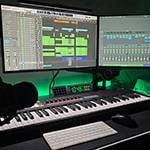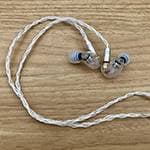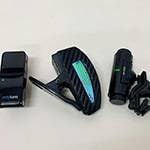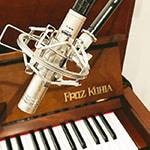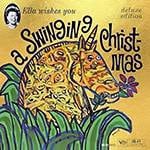This Rhodes piano feature highlights Hiroshi Sato, Japan’s number one player of the Rhodes electric piano.
Hiroshi Sato was born in 1947 as the eldest son of a temple family in Kagoshima Prefecture. A well-known anecdote about Sato is that he taught himself to play the piano after turning 20. While most people start piano lessons at around the age of 3, starting at 20 to teach himself became legendary. His rise to the top of Japan’s pianists is attributed not only to his immense effort but also to his natural talent.
In the mid-1970s, Sato began playing with Kansai-based musicians, including Masaki Ueda, and met guitarist Shigeru Suzuki, starting his professional band activities.
In this edition, I’ll explore Sato’s Rhodes piano playing in a rare live album by the band Huckleback, in which he played in.
Hiroshi Sato and the Fender Rhodes Piano
Around 1970, information about electric pianos was almost nonexistent in Japan. Sato, having listened to vibraphonist Mike Mainieri’s performance in a jazz café, mistakenly thought the sound came from a Fender Rhodes piano and decided to buy one.
For someone who started playing piano at 20 to ‘communicate his music,’ the acoustic piano felt distant. When he encountered the Rhodes, he realized it was the instrument he had longed for.
■ Recommended Album: Shigeru Suzuki & Huckleback 1975 Live (2015)
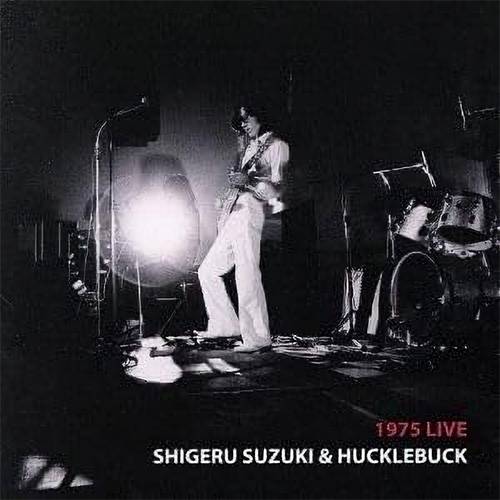
The Huckleback lineup consists of Shigeru Suzuki (vocals, guitar), Hiroshi Sato (keyboards, vocals), Akihiro Tanaka (bass), and Toshaki Hayashi (drums).
Before releasing the album Band Wagon, Suzuki gathered these four members with the goal of recreating that album. Suzuki’s main impression from his sessions with American musicians was ‘power’. This makes sense, considering the members of the band included powerhouse musicians like David Garibaldi (Tower of Power drummer), Bill Payne (Little Feat keyboardist), and Ken Gladney (Little Feat bassist), known for their groovy American-style performances. Especially the rhythmic prowess of Little Feat is renowned among listeners.
It is easy to understand why Suzuki sought that same ‘power’ from his band upon returning to Japan.
The musicians who joined the Band Wagon Tour were formidable players, and listening to 1975 Live released in 2015, one can feel Suzuki’s determination. Among them, Sato’s keyboard work is particularly stunning. His performance, mainly on the Rhodes piano, is remarkable considering his age at the time. Sato played the Fender Rhodes, acoustic piano, and organ, with the Rhodes as his main instrument. He played with impressive skill, truly showing off his talent.
At the age of 27 in 1975, Sato was already beginning to perfect his New Orleans-style piano playing.
Given that it’s a live recording back in 1975, the overall sound quality is understandably not great. Listening to it, I realized how the sound of the Rhodes piano in live performances would have sounded at the time. The vibraphone-like Rhodes sound doesn’t stand out much, so when the volume is increased, the high-end attack sounds overly emphasized, and the mid-range often distorts. However, the band’s performance is solid, and as the live session progresses, the sound tightens up.
After completing their scheduled gigs, the band disbanded.
Listening to the live-recorded tracks, you can really appreciate the beauty of Suzuki’s compositions, such as “Suna no Onna”, “100-Watt no Koibito”, and “8-gatsu no Nioi”.
Recommended Track: “100-Watt no Koibito (Kyoto Take, April 4)”
Unlike the original take, this version starts with Hiroshi Sato’s Rhodes piano solo. The solo is unmistakably in Sato’s signature New Orleans-style honky-tonk, which he excels at. However, there is something striking about how this intro does not feel ‘muddy’ in the typical sense. Listening to this intro, it’s clear that by this point, Sato had already developed his own unique style.
When playing honky-tonk or blues solos, musicians often get carried away by playing numerous notes, but Sato’s approach is distinct. While his solo is bluesy, his use of rests and timing—his unique black space—creates a polished and refined impression. This ‘blank space’ is a major factor in how his style feels sophisticated, in my opinion.
The highlights of this track include Sato’s Rhodes piano backing, which is spot-on, as well as the two interlude solos: the guitar solo and the Rhodes piano solo. After Shigeru Suzuki’s slide guitar solo, Sato’s Rhodes solo captures the vibrant energy of the young musicians at the time. I believe I’m not the only one who feels this infectious momentum in the performance.
The track “100-Watt no Koibito” has been recorded in three versions: the Kyoto take from April 4, the Osaka rehearsal take from May 15, and the final live take.
Each version presents a different approach to the song. In the Kyoto take, the intro features a Rhodes piano, but in the Osaka take, both the rehearsal and the live version lack the Rhodes piano intro, instead beginning with guitar palm muting.
Additionally, in the Osaka rehearsal take, the Rhodes piano is treated with a wah-wah effect. Furthermore, in the Osaka live take, while the backing is played on the Rhodes piano, the solos during the two interludes are performed on the acoustic piano. The acoustic piano solo, unlike the Rhodes, showcases the instrument’s dynamic qualities. This version also becomes a remarkable solo performance by Sato.
Moreover, Shigeru Suzuki’s compositional skill is shining at its peak, with the excellence of the track’s overall quality being undeniable.
Musicians, Albums, and Recommended Tracks Featured in This Article
- Artists: Hiroshi Sato, Shigeru Suzuki, and others
- Album: 1975 Live
- Recommended Tracks: “100-Watt no Koibito (Kyoto Take)”, “100-Watt no Koibito (Osaka Rehearsal Take)”, “100-Watt no Koibito (Osaka Take)”
The “sound & person” column is made up of contributions from you.
For details about contributing, click here.






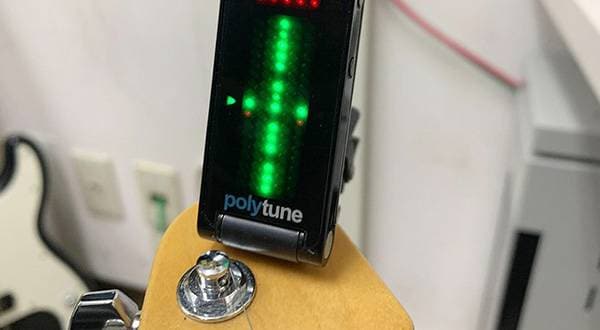
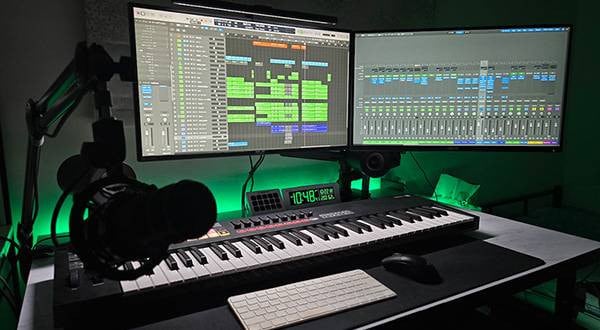
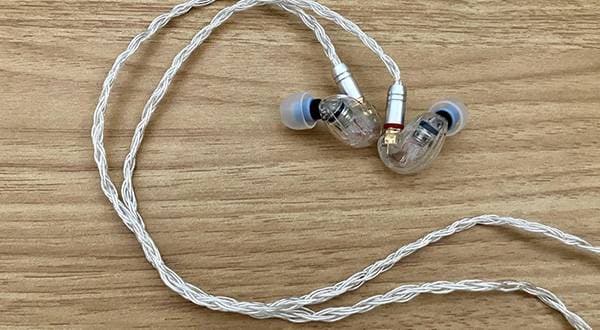
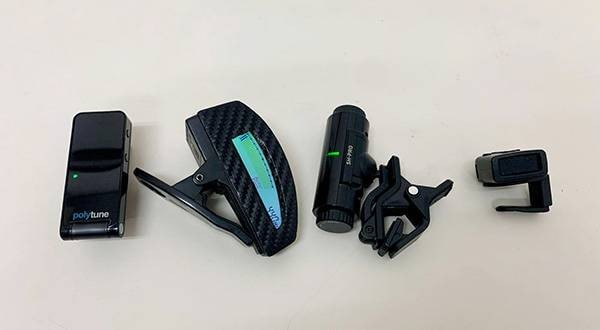
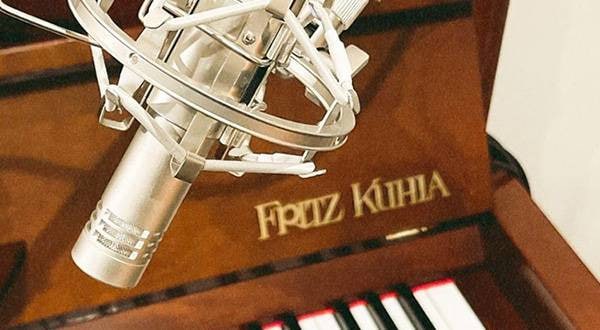
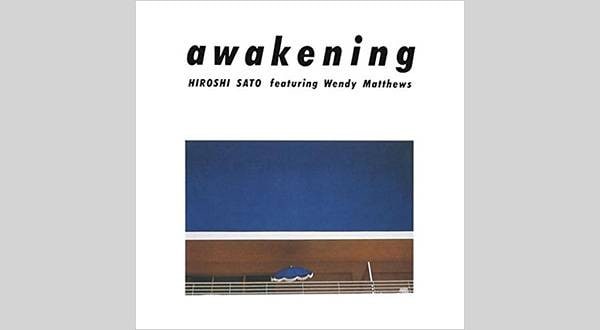
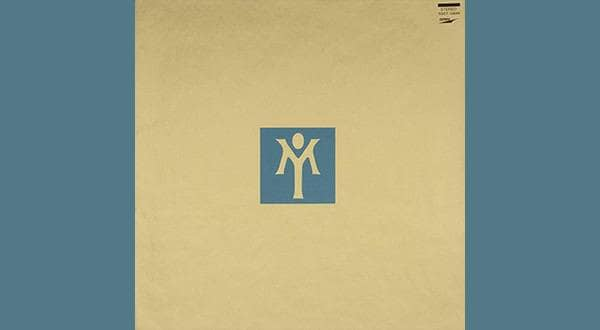
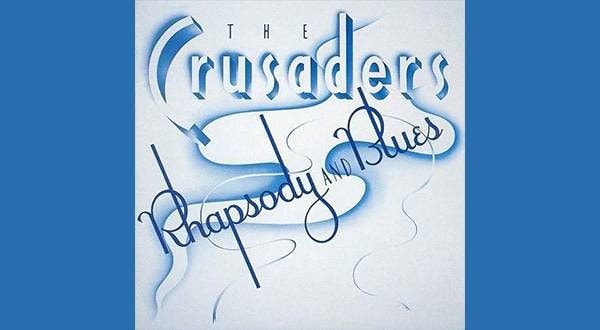
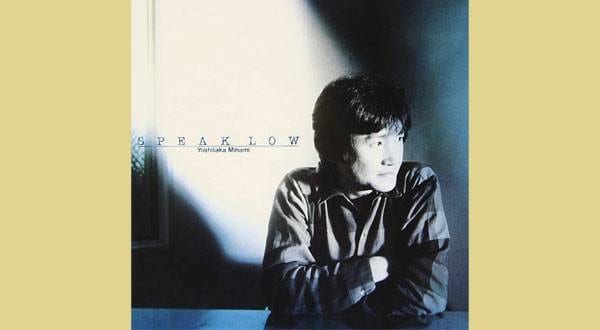
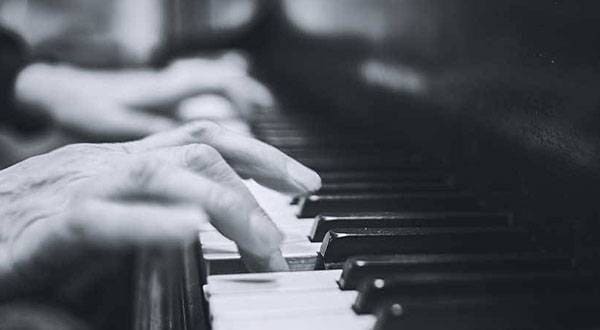
![[For beginners] Keyboard types and how to choose one](/contents/uploads/thumbs/2/2020/9/20200923_2_11196_1.jpg)
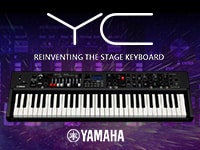 YAMAHA YC61 特集
YAMAHA YC61 特集
 PLAYTECH 鍵盤特集
PLAYTECH 鍵盤特集
 おすすめの電子ピアノ
おすすめの電子ピアノ
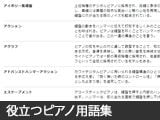 自分にあったピアノを選ぼう!役立つピアノ用語集
自分にあったピアノを選ぼう!役立つピアノ用語集
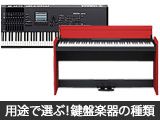 用途で選ぶ!鍵盤楽器の種類
用途で選ぶ!鍵盤楽器の種類
 キーボードスタートガイド
キーボードスタートガイド

